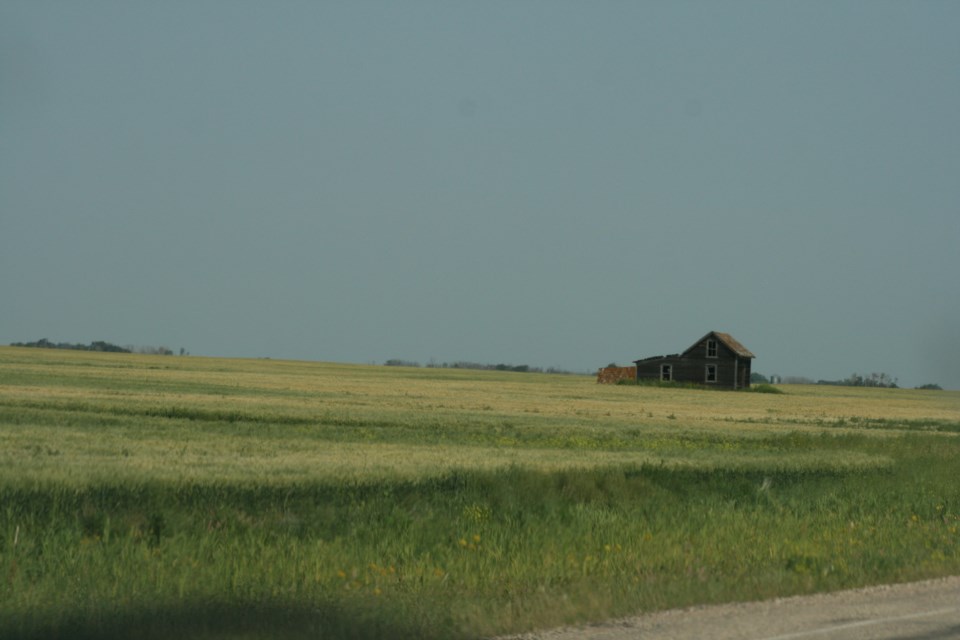MOOSE JAW — Data from the 2021 Census of Agriculture shows more farmers are getting richer and bigger.
Farms with $1 million or more revenues increased by almost one-quarter to 9.9 per cent of farmers from 7.2 per cent in the 2016 census.
Of those farms with $1 million revenue, just over half had revenues of $2 million plus compared with 40 per cent five years ago.
The number of farms declined by 1.9 per cent to 189,974, slowing a trend that has been in place for decades
Average farm size increased slightly to 820 acres from 809 but that figure is skewed by inclusion in this census by a change in the definition of farms.
Average farm size for Saskatchewan is not yet available, but was 1,784 acres in the 2016 census.
Value of farm capital increased 35 per cent to $690.8 billion with value of land and buildings up 70 per cent to $603.8 billion. Value of livestock fell 17 per cent to $22.65 billion.
Over the five years farm revenues increased 25 per cent to $87.02 billion. Average revenue per farm was around $479,000 compared with $327,000 five years previous.
Average gross profit per farm was $83,000 compared with $31,000 in 2016.
Expenses averaged 83 cents for every dollar of revenue with grain and oilseeds at 76 cents having the lowest expenses. Highest was sheep and goats at 97 cents.
Female farm operator numbers increased 30 per cent to just under 80,000 but average farmer age was up four months to 41.6 years. The proportion of farmers aged 55 or over increased 6.6 per cent to 60.5 per cent.
Cattle herd numbers increased to 12.6 million from 12.3 million. Hog numbers increased 3.4 per cent to 14.6 million.
The development of the cannabis industry was reflected in the 23.2 per cent increase in greenhouse space to 330.5 million square feet.
The number of farm operators working off-farm increased by almost four per cent to 125,280 — equalling two-thirds of all farmers.
Grain and oilseed farms were 34.3 per cent of farms with beef and feedlot farms at 20.9 per cent.
Ron Walter can be reached at [email protected]




